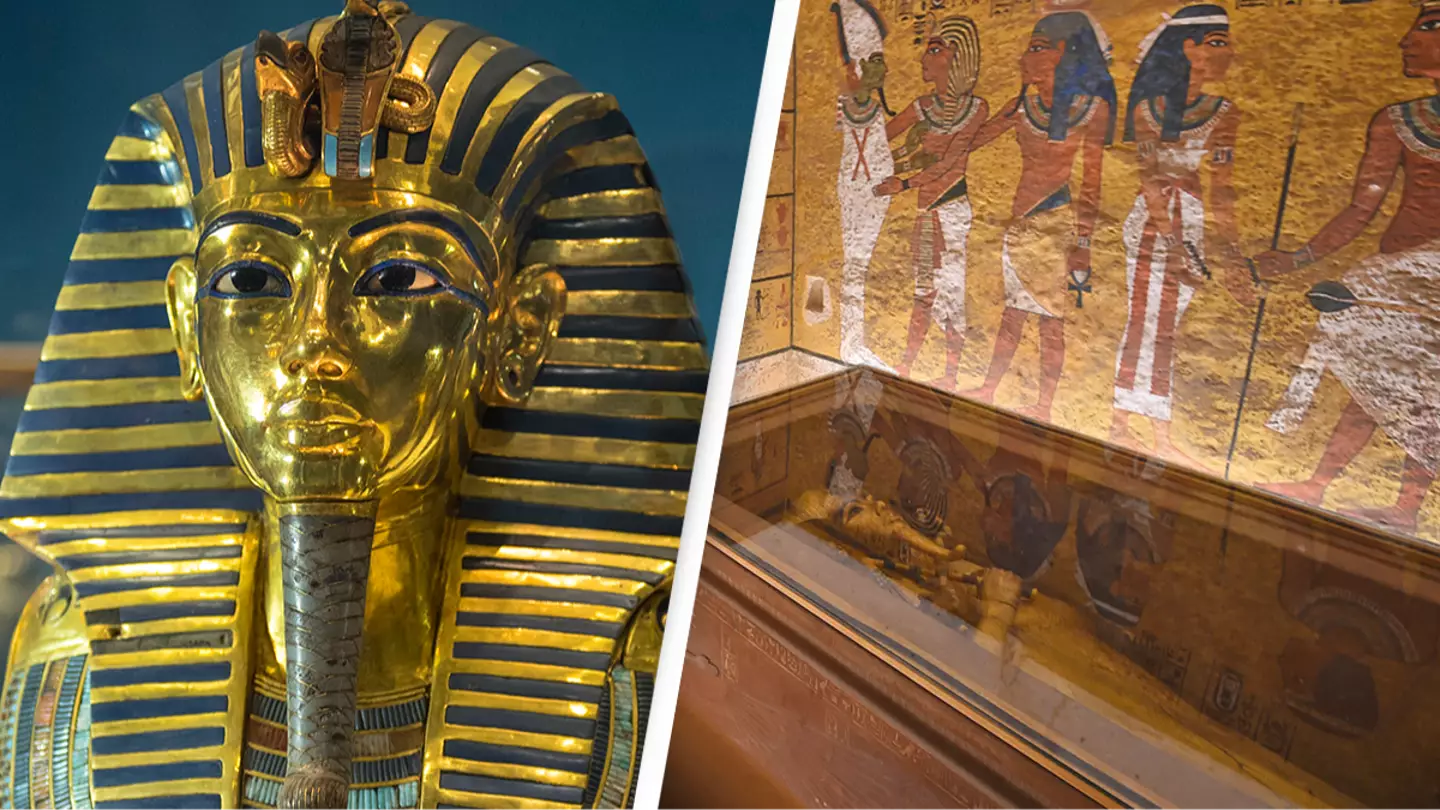
Featured Image Credit: MOHAMED EL-SHAHED/AFP via Getty Images
Topics: News, World News, Health

Topics: News, World News, Health

Kit joined UNILAD in 2023 as a community journalist. They have previously worked for StokeonTrentLive, the Daily Mirror, and the Daily Star.